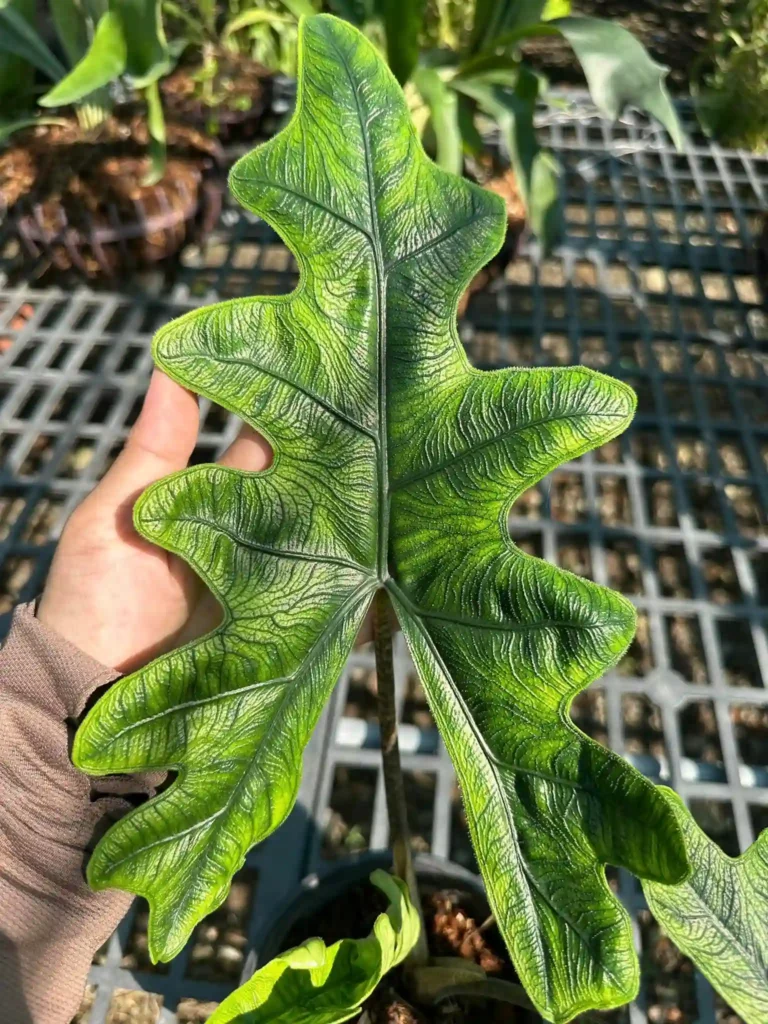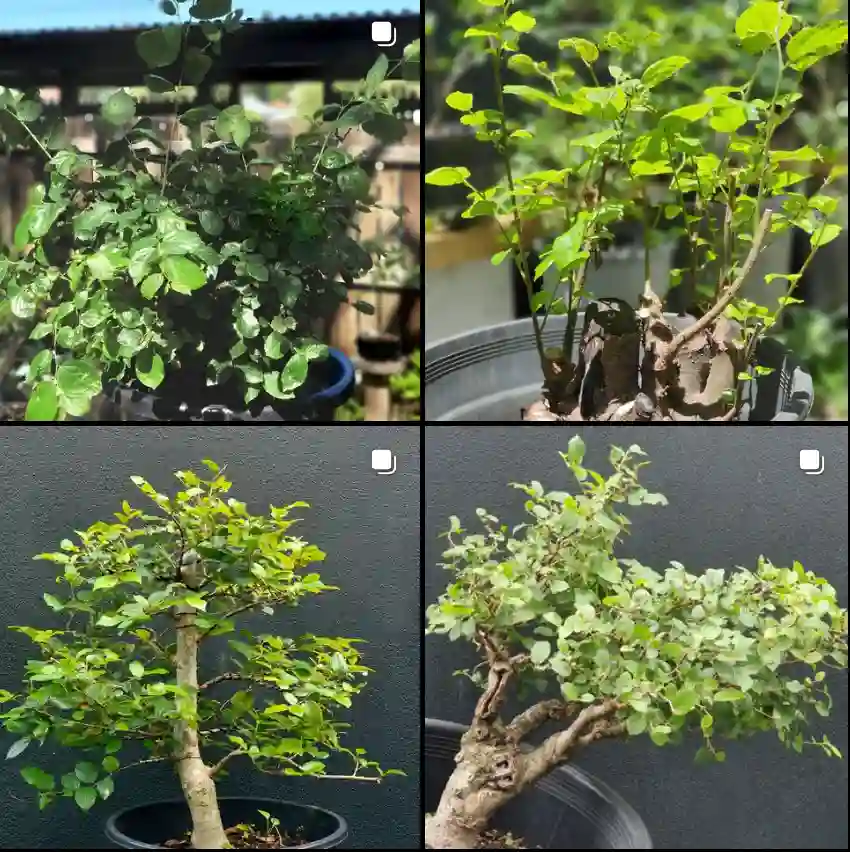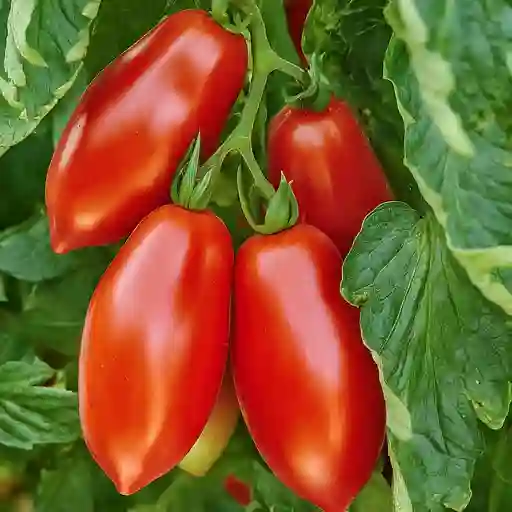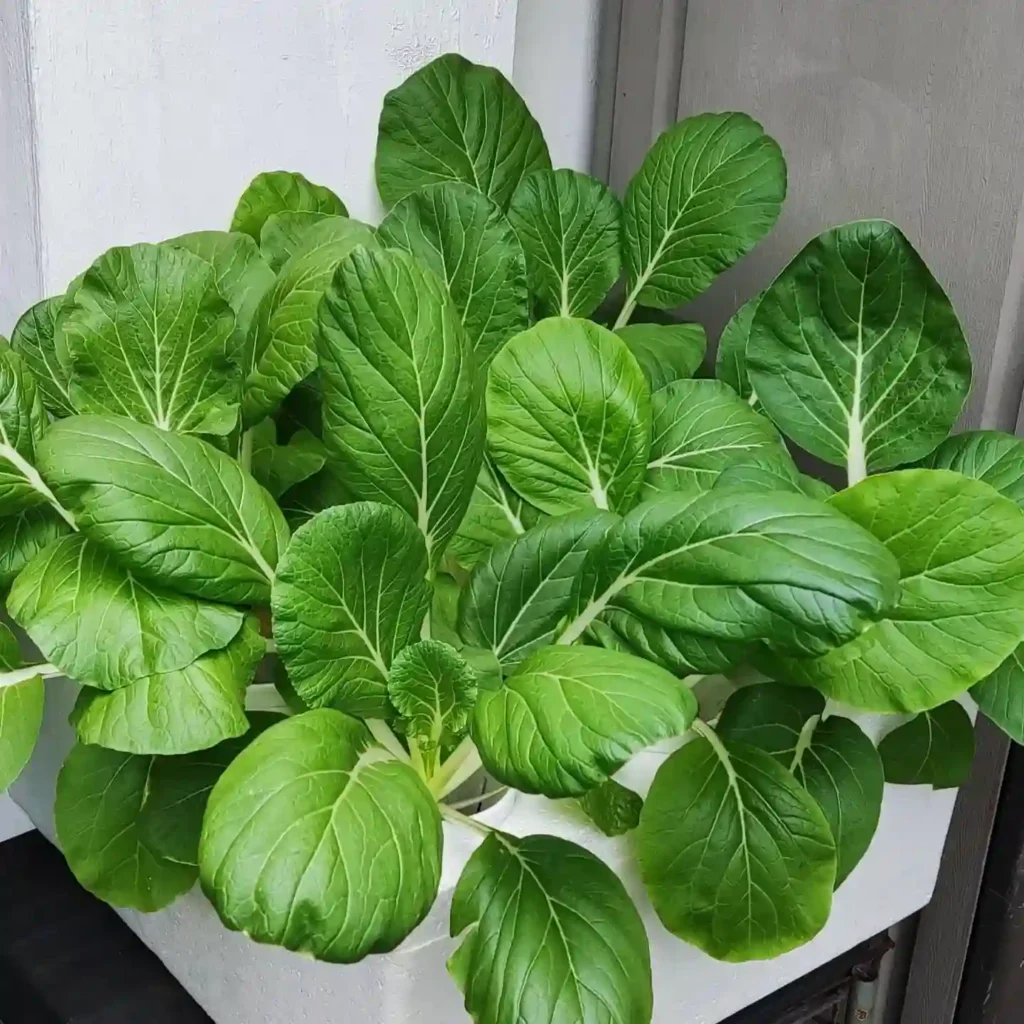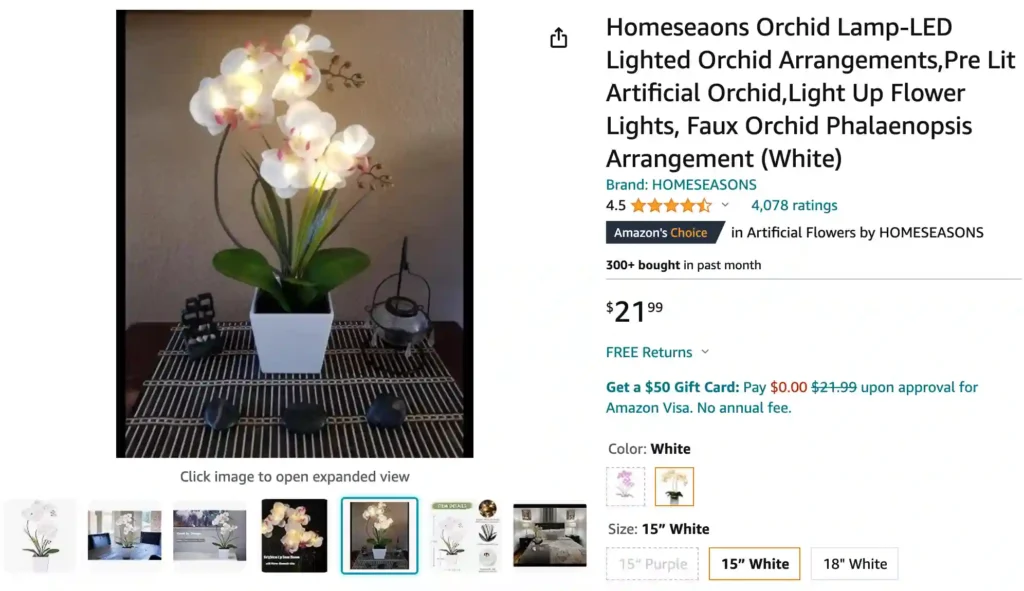
Phalaenopsis Pulcherrima: Unveiling the Beauty and Care of This Orchid
Greetings, orchid enthusiasts! I’m Ferb Vu, and today, we delve into the captivating world of Phalaenopsis Pulcherrima. This stunning orchid boasts vibrant blooms and specific care requirements that differ slightly from its more common Phalaenopsis cousins. So, buckle up as we explore the intricacies of this captivating flower.
89 Species in Genus Phalaenopsis
What Makes Phalaenopsis Pulcherrima Special?
Phalaenopsis Pulcherrima, also known as Doritis pulcherrima, stands out for its dazzling display. Unlike the classic white Phalaenopsis, Pulcherrima boasts a spectrum of pink and mauve hues, with variations in tone and color patterns. Some varieties even showcase a delightful white form, offering a touch of elegance.
This orchid’s smaller size, typically reaching a height of 8 to 12 inches, makes it ideal for compact spaces. It flourishes in warm to hot environments, with good air circulation and consistent humidity. Think tropical paradise!
Light It Up: Understanding Phalaenopsis Pulcherrima’s Light Needs
Unlike its shade-loving Phalaenopsis brethren, Pulcherrima thrives in bright, filtered light. Imagine a spot bathed in dappled sunlight filtering through leaves. Direct sunlight can scorch the delicate blooms, so be mindful of placement. South-facing windows with sheer curtains or east-facing windows can provide the perfect balance.
Tip: Observe your orchid. Leathery leaves indicate too much light, while stretched, pale leaves hint at insufficient light. Adjust accordingly.
Watering Wisely: Keeping Your Phalaenopsis Pulcherrima Hydrated
Finding the watering sweet spot is crucial for any orchid. Phalaenopsis Pulcherrima prefers a “soak and dry” method. Allow the potting medium to dry slightly between waterings. Avoid soggy roots, which can lead to rot. Here’s a helpful trick: Stick your finger into the medium. If it feels dry to the touch, it’s watering time.
Remember: Water deeply when the medium is dry, letting excess water drain freely from the pot.
Temperature Talk: Creating the Ideal Climate for Phalaenopsis Pulcherrima
Think tropical! Phalaenopsis Pulcherrima enjoys warm to hot temperatures, ideally between 70-85°F (21-29°C) during the day and slightly cooler (around 65°F or 18°C) at night. Avoid drastic temperature fluctuations, which can stress the plant.
Bonus Tip: Maintaining good air circulation helps prevent fungal diseases. Consider using a small fan to gently circulate air around the plant.
Humidity Haven: Keeping Your Phalaenopsis Pulcherrima Happy
High humidity (around 60-80%) is key for Phalaenopsis Pulcherrima. Here are some strategies:
- Grouping plants: Cluster your orchids together to create a mini humid microclimate.
- Pebble tray: Fill a tray with pebbles and water. Place your orchid pot on top (not submerged) to create passive humidity.
- Humidifier: Consider using a cool-mist humidifier near your orchid for extended periods.
Phalaenopsis Pulcherrima vs. Phalaenopsis: A Side-by-Side Comparison
While both belong to the Phalaenopsis genus, some key differences exist:
| Feature | Phalaenopsis Pulcherrima | Phalaenopsis (Common) |
|---|---|---|
| Light Preference | Bright, filtered light | Shade-tolerant |
| Flower Color | Pink, mauve variations | Primarily white |
| Size | Smaller (8-12 inches) | Larger varieties |
| Temperature Preference | Warm to hot | Moderate |
Choosing the Right Orchid: Consider your light conditions and desired color palette when making your selection.
Blooming Beauty: Encouraging Blooms on Your Phalaenopsis Pulcherrima
Here are some tips to coax blooms from your Phalaenopsis Pulcherrima:
- Provide adequate light: Remember, bright, filtered light is key.
- Temperature fluctuations: Mimic a natural temperature cycle with slightly cooler nights to stimulate flowering.
- Fertilize sparingly: Use a balanced orchid fertilizer during the active growing season, following package instructions.
- Repotting: Repot every 2-3 years when the roots outgrow the pot or the medium breaks down. Choose a well-draining orchid potting mix.
Patience is key: Flowering can take several months, so enjoy the journey!
Common Issues and How to Address Them
- Yellowing leaves: Often a sign of aging leaves. Remove them at the base.
- Drooping flower spikes: This can indicate dehydration.
- Root rot: Mushy, brown roots signify root rot. Isolate the plant, remove rotten roots with sterilized tools, and repot in fresh orchid mix with improved drainage.
- Mealybugs: These cottony white pests suck sap from leaves. Treat with insecticidal soap or neem oil solution.
- Scale: These hard-shelled insects appear as bumps on leaves. Scrape them off manually or use insecticidal soap.
Remember: Early detection and treatment are crucial for a healthy orchid.
Beyond the Basics: Advanced Care Tips for Phalaenopsis Pulcherrima
- Mounting: For experienced orchid enthusiasts, Phalaenopsis Pulcherrima can be mounted on driftwood or cork bark, replicating its natural climbing habit. Ensure good moisture retention at the mount.
- Post-bloom care: After flowering, cut the flower spike back to the first node to encourage reblooming.
Conclusion: The Allure of Phalaenopsis Pulcherrima
With its captivating blooms and specific care requirements, Phalaenopsis Pulcherrima offers a rewarding challenge for orchid enthusiasts. By understanding its needs and providing the right environment, you can cultivate a thriving and beautiful orchid that will grace your home for years to come.
So, embrace the challenge, and embark on a journey of discovery with this unique orchid!
If i die, water my plants!
